Global buyers for quality Bread Packaging Bags are finding it increasingly complicated to assess these products competitively through different sources. Recent industry reports announce the global bakery packaging market to reach $24.2 billion in 2025, fueled by the increasing demand for fresh and convenient food items. This escalation calls for ascertainable packaging solutions inducing protection, shelf life enhancement, and attraction. However, erratic raw materials prices, environmental regulations, and innovativeness in design have been challenging potential buyers in their search for quality packaging.
At Hubei Jinde Packaging Co., Ltd., we appreciate the significance of durable and functional Bread Packaging Bags in fulfilling market requirements. Concentrating our efforts on quality coupled with customer satisfaction ensures our comprehensive packaging solutions are tailored to address the specific needs of our customers. Our focus on R&D relinquishes our expertise in plastic packaging materials, which helps your company stay competitive in these present days of extensive challenges in sourcing quality packaging. As we now discuss more of these challenges confronting global buyers, it's evident that making the right choice for a packaging partner is crucial for success in the bakery industry.
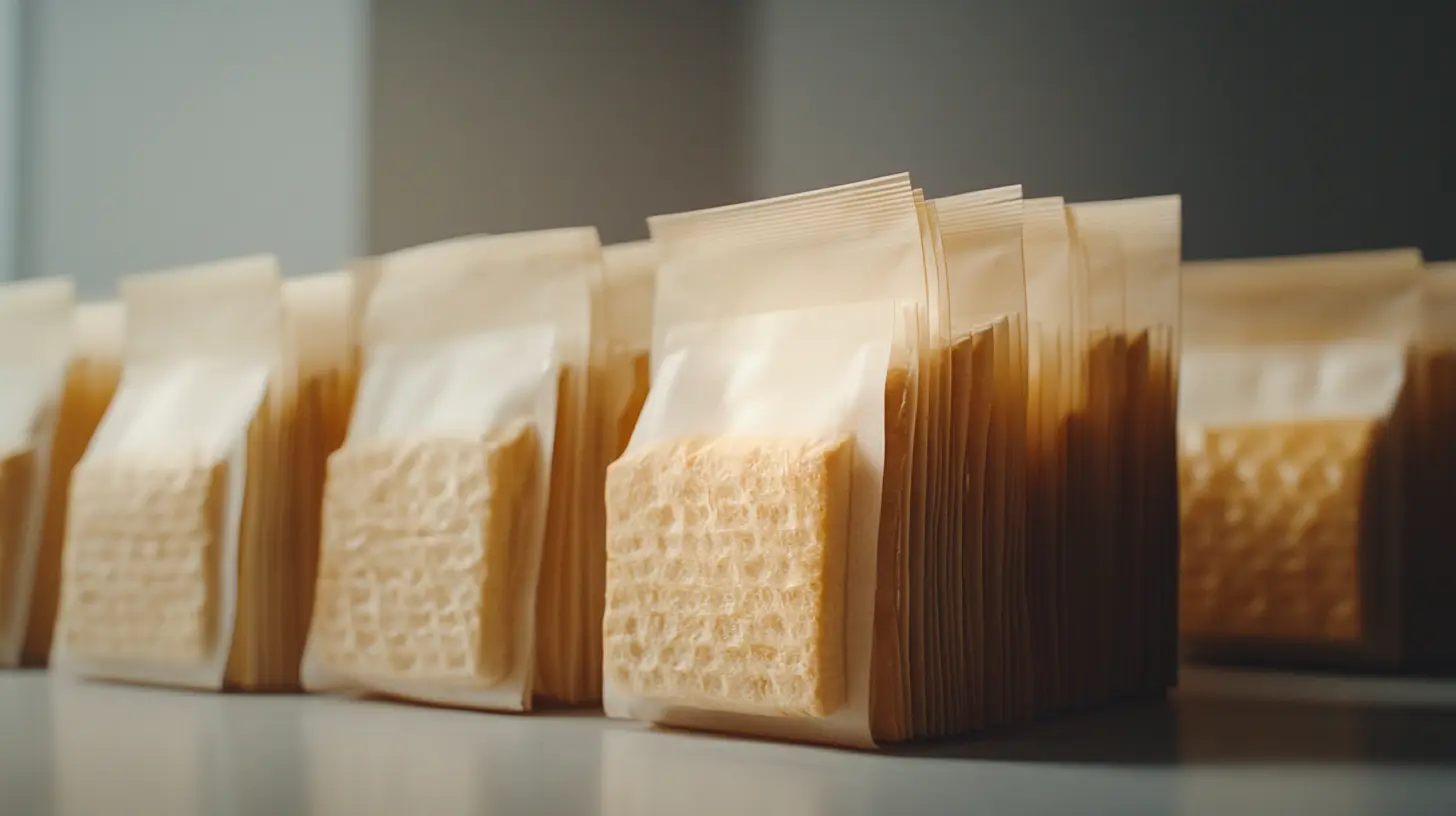
Understanding the importance of quality for global buyers of fine bread packaging bags is key. The packaging protects the product while also being a key factor in freshness and shelf life. In the bread business, quality packaging relates directly to customer satisfaction and brand value. According to a Flexible Packaging Association report, 61 percent of consumers feel packaging has a huge bearing on their buying choices, making it imperative for buyers to invest in superior materials that match consumer expectations. The bread packaging is also going through innovation, with a CAGR of 4.5% from 2021 through 2026, said MarketsandMarkets. The growth comes as convenience items and organic baked goods submit their demand on superior packaging solutions. New materials and technologies also come into play to improve barrier properties against moisture and oxygen, two big factors that ensure the integrity of baked goods. Buyers must focus on these trends to stay in the competitive realm where freshness and sustainability rules. Quality not only pertains to raw material efficiency but also to aesthetics and branding opportunities. Reports Packaging Strategies: 73% of consumers are influenced by visual packaging appeal. Therefore, global buyers should consider the material and design and printing quality of bread packaging bags. Quality packaging acts as an incredible marketing medium, thus contributing to profitability and customer loyalty in an intensely competitive marketplace.

At the present time, there are many challenges facing global customers in the area of quality bread packaging bags. They have increasing demand for sustainability solutions in packaging, which has become a major contributing factor to their sourcing decisions. According to Smithers Pira, the report also says that the sustainable packaging global market is projected to reach US$400 billion by 2027. This will be mainly due to consumers choosing products based on the extent of eco-friendliness. Buyers, on the other hand, will continuously keep struggling along the complexities of sourcing fresh-retaining or shelf-stable biodegradable and recyclable materials for packaging.
There are also raw materials' costs affecting the sourcing decisions. The volatility of polymer prices and other materials impacts the buyer's budgeting and profitability as well. A study conducted by Freedonia Group shows that it has been reported that plastic packaging materials saw a rise in price by an average of 5% per annum because of fluctuating oil prices as well as supply chain disruptions in the industry. Hence, this compels global buyers to evaluate their suppliers very carefully into alternative materials that will yield savings without compromising the quality factor.
Lastly, global buyers will also have regulatory compliance. Packaging regulations are very different among different parts of the world. Hence, staying updated with all legal requirements is very important so that penalties would be avoided. Also, marketing can more easily be done. For instance, the Packaging Waste Directive in the European Union states that the packaging should be easily recyclable. This means that global buyers would be required to do a close collaboration with manufacturing partners to ensure that sourcing strategies are compliant with the procedures without compromising consumer expectations on quality and sustainability.
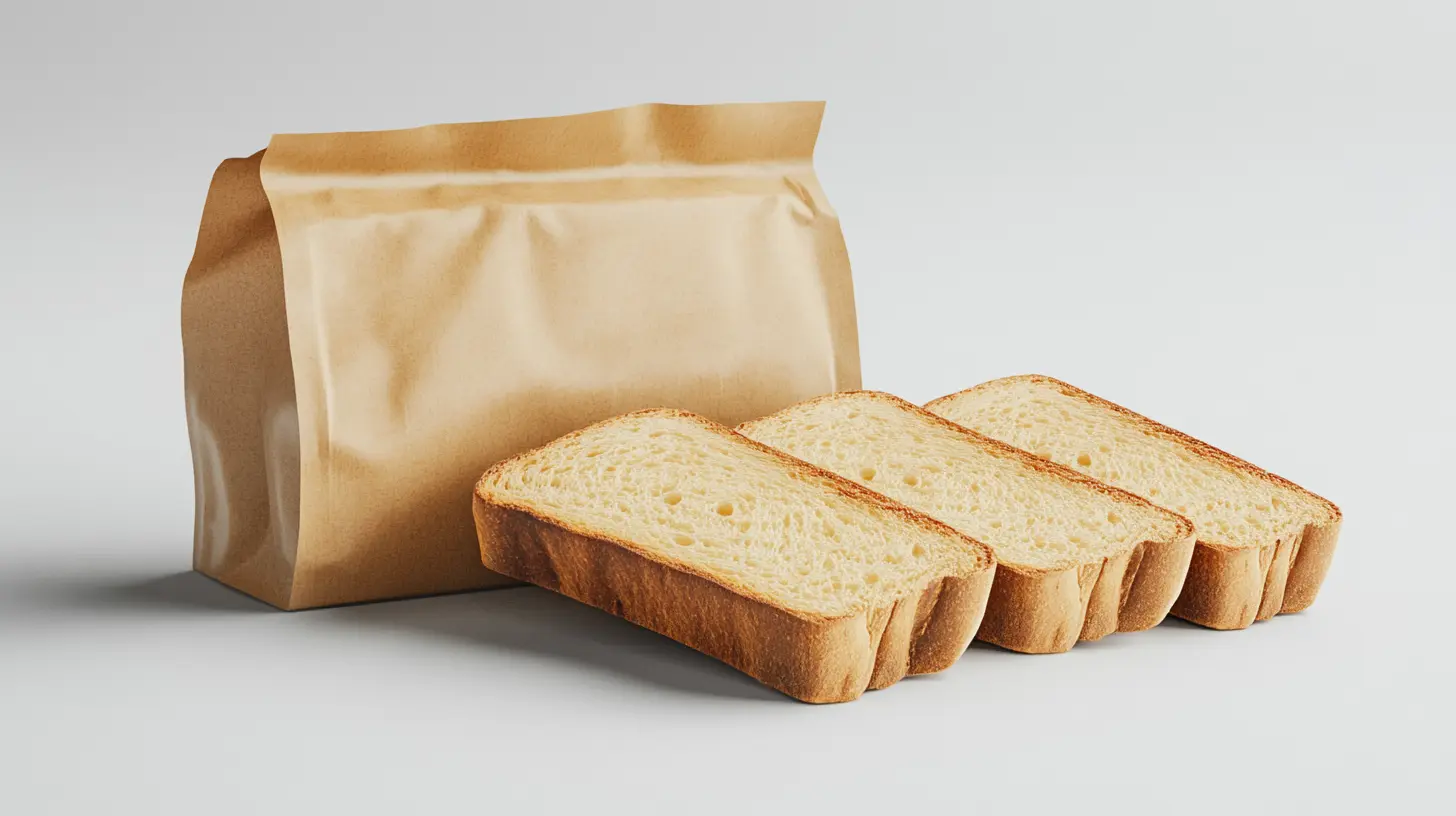
The scenarios basked by the circumstance of regulatory compliance in packaging further prove challenging to global buyers, especially in recent times, with incidents emerging to highlight opacity in packaging. Consumers expect product labels to provide information that is not only accurate but also clear with regard to ingredients and nutritional values. When these companies try to hide this information by using "dummy" labels instead of the proper content, they become extremely alert as to whether the labels in question really comply with the food labeling regulations.
As an example, a case recently registered in Changsha, where a consumer was faced with a bread package, showed that the important facts had been replaced with question marks. Apart from impairing consumer trust, it is also suspected to violate stringent food-safe laws that require ingredients to be listed clearly. As buyers vet packaging options, they ought to keep abreast in ensuring their suppliers' compliance to avert legal liabilities and protect their goods.
Equally critical, however, are the other ramifications of such a situation. A brand's reputation can be severely tarnished if consumers find themselves misled by insufficient information on relevant packaging. Therefore, the priority of global buyers must be to identify those manufacturers that comply with extreme candor and adherence to regulations in their packaging activities. Compliance is but one requirement; it is one of the most fundamental requirements to secure consumer trust in a competitive market.
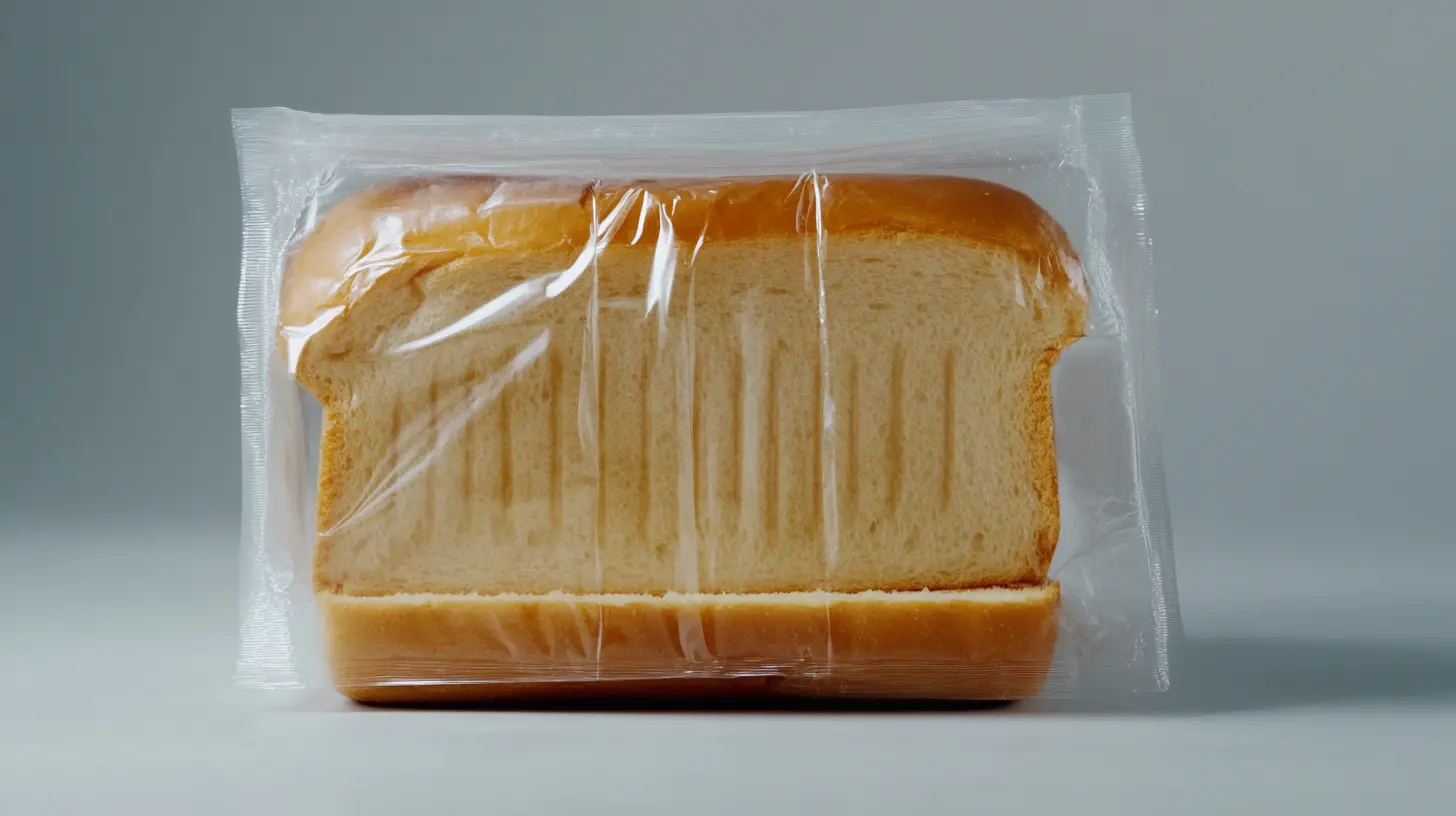
Assessing material safety and sustainability in packaging is becoming increasingly important to global buyers, especially in food service. The market size for global food service packaging is, however, estimated to significantly grow to about $500 billion by 2032. The rise of consumer preference for convenience, as well as sensitivity towards the environmental impact of packaging materials, is the driving factor for this growth.
Sustainability itself now generally emphasizes recycled content and reduced greenhouse gas emissions. Recycled supply chains are available, where the reuse of materials in the production of new products minimizes waste. The case in point is the market for PP corrugated boards, valued at about $32 billion in 2023, which confirms the trend toward lightweight and recyclable packaging solutions. The application of such materials can drastically improve a supply chain's sustainability, along with offering other benefits such as cost savings and enhanced brand loyalty.
Beyond this, the intense market research undertaking shows that safety of material is more than compliance; it now is part of consumer confidence. For packaging types, for example, such as bags and boxes, they ensure that products maintain integrity and safety standards. Research and innovation in packaging materials, particularly paper and cardboard, are manifested in propelling the sustainability future while contributing toward and complying with global sustainability goal stipulations and consumer expectations for responsible sourcing practices.
The paramount issues faced by global buyers in bread packaging availabilities have been the reliability of suppliers and assurance of quality. Brands depend not merely on how good their packaging looks but also on how good that packaging is in maintaining integrity and safety. The challenge for buyers of packaging materials has been to find suppliers that can uphold an even standard of good quality and adhere strictly to food safety requirements. The stronger the effect of global supply chains being more and more complex, it makes the burden of ensuring that the suppliers do comply heavier and heavier.
A geographical variation of manufacturing processes has added another twist in the story. Buyers could find suppliers that offer good promises for their products, yet fall short due to a lack of control measures or supposed certifications. Such inconsistency bears intolerable consequences, such as loss of integrity of products, wastage increase, and potential damage to the reputation of the brand. With supplier reliability and adequate audit of the supplier processes in place, the quality assurance throughout the product life cycle can be assured.
Furthermore, fluctuations of supply and demand create an additional challenge. As consumers change their requirements, the packaging requirements need to change in parallel, calling for continued dialogue and collaboration with suppliers. Global buyers must invest considerable amounts of time in scoping potential supply partners and building a resilient supply chain that focuses on quality and reliability. Thus, such developments will allow them to avert some sourcing challenges associated with quality bread packaging bags and, in turn, insulate their products from threats posed by unreliable suppliers.
There are very practical challenges in translating, not to mention interpreting cultural differences, when it comes to sourcing globally, especially for a buyer interested in finding quality bread packaging bags. Effective communication makes purchasing negotiations simple and helps buyers understand the product specifications more clearly as well as identify quality-related issues early. Unfortunately, language barriers often end in miscommunication, such as the case of printing whose material has only a portion of the specifications suitable for the local buyer or conforms to local regulations.
At the same time, the recent news about TSMCs struggle with cultural integration with their operations in the U.S. was amid reports by former employees of the "sell your liver" culture-disparity with respects to the traditional and very long work hours and probably high expectations as a result of the multinational operations. These sorts of cultural dissonance create an impetus for miscommunication among suppliers and buyers, which can often lead to compromised quality and efficiency in sourcing. Thus the imperative calls for cultural training for buyers who would want to globalize their sourcing and use of interpreters or bilingual professionals to fill in communication gaps.
Beyond mastering the language, global sourcing is characterized by not franchised relationships but learned through respect for the cultural nuances of their suppliers. Besides, it is important for buyers to spend some time learning about the cultural backdrops of their suppliers; this will eventually yield better and more fruitful partnerships. By adapting to and acknowledging these cultural differences, global buyers will not only improve the quality of the packaging solutions but also improve the effectiveness of cooperation, leading to a smoother sourcing process.
Global buyers of bread packaging face cost and quality challenges that need to be delicately balanced. A 2022 report published by Smithers claims that the global packaging market will reach $1 trillion by 2026, with flexible packaging, including bread bags, expected to grow at a compound annual growth rate (CAGR) of 4.3%. This growth strengthens the greater need for well-designed and durable packaging, which should extend shelf life as well as draw in consumers.
Bread packaging quality is important because of its direct association with product freshness and appearance. Packaging Strategies reports, "According to 65% of consumers surveyed, the quality of packaging is a reason for purchasing decisions." Therefore, buyers aiming to give the best to their customers can build brand loyalty and create goodwill with high-quality materials like polyethylene or biodegradable materials. However, high cost of these quality materials can often stretch budgets and hurt profit margins.
Strategic sourcing is what buyers will need to develop cream strategies to beat this challenge by investing more in establishing long-term ties with those suppliers who can offer quality at a good price. A recent study by Technavio posits that companies with an innovative bent on packaging design are best placed to manage costs while satisfying consumer instincts on quality. Based on consumer preferences and performance of packaging, global buyers can develop cost-effective options with superior packaging quality, greatly improving their competitive position within the bread industry.
The packaging of bread is fast changing, thanks to the consumers for making it increasingly carry the sustainability stamp and advancements in technology. Most relevant of these recent trends is the increasing shift toward eco-friendly materials. Awareness of plastic pollution has opened up new inquiries for many brands on biodegradable and compostable options not only to lessen their environmental footprints but also to win over a growing base of consumers concerned with the footprints made by what they buy. In such a situation, brands using these materials for their packaging mostly find themselves in a more competitive position within the general industry.
Another trend is the inclusion of high-tech innovations in smart packaging. QR codes or even an RFID tag can allow customers to learn about the bread's source, ingredients, and freshness. Transparency in this extent promotes trust and customer loyalty. Also, feedback through smart packaging to the manufacturer on product condition will allow optimization of the supply chain and the reduction of waste.
Design continues to remain fundamental in the bread-packing business. Attractive graphics and useful designs indeed enhance the shelf appeal and augment user experience. Resealable bags and portion control are, as they are created within the focus of the convenience-oriented consumer, becoming mainstream. Creativity coupled with functionality will position brands to capture the attention of discerning buyers in today's rapidly changing market.
Assessing material safety and sustainability is crucial for global buyers, especially in the food service sector, to meet consumer preferences for convenience and to address environmental impacts.
The food service packaging market is projected to grow due to increasing consumer preference for convenience and heightened awareness regarding the environmental effects of packaging materials.
Circular supply chains focus on reusing materials to create new products, minimizing waste and reducing greenhouse gas emissions, which significantly enhances sustainability in packaging.
Material safety is integral to consumer trust, as packaging must ensure product integrity while complying with safety standards.
Continuous innovation in materials, particularly in paper and cardboard, leads to more sustainable packaging solutions that align with global sustainability goals and consumer expectations.
Language and cultural barriers can lead to misunderstandings in product specifications and quality issues, impacting negotiations and the overall sourcing process.
Cultural training helps global buyers understand and respect cultural nuances, which can foster better relationships with suppliers and lead to more effective collaborations.
By acknowledging and adapting to cultural differences, buyers can improve the quality of their packaging solutions and drive more productive partnerships.
TSMC's challenges highlight the need to address language barriers and cultural integration to improve communication and collaboration in multinational operations.
Buyers can utilize interpreters or bilingual professionals and invest in understanding the cultural context of their suppliers to facilitate better communication.
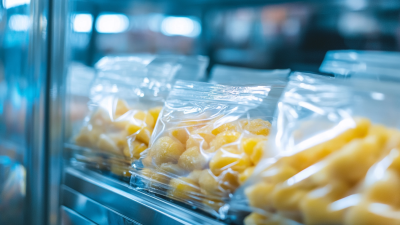
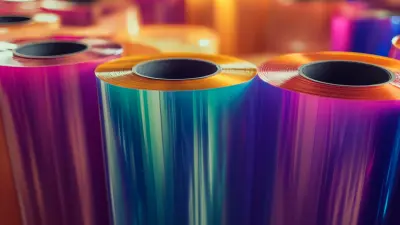
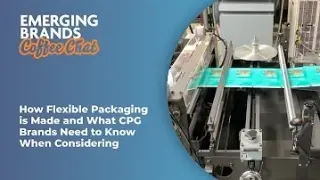
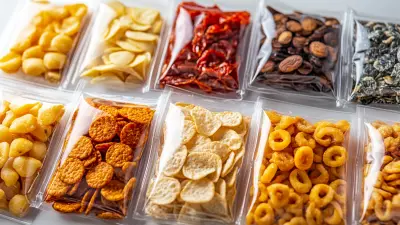


 中国
中国